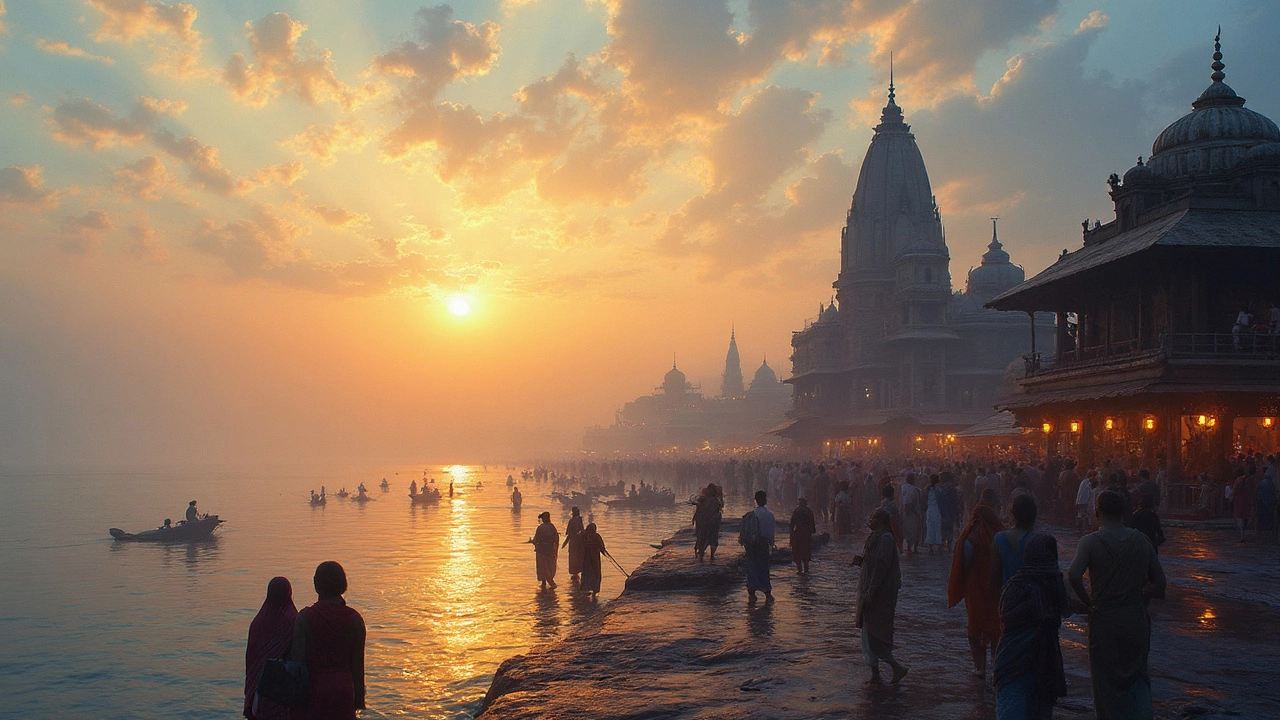SEARCH
Religion Facts: Explore India's Spiritual Heritage in Simple Steps
India is a patchwork of beliefs, rituals, and stories that shape daily life. If you’re curious about what locals actually practice, these quick religion facts will give you a clear picture without overwhelming you.
Hinduism: The Everyday Faith
Hinduism isn’t a single religion; it’s a collection of many customs. A major fact is that most Hindus celebrate at least three major festivals every year—Diwali, Holi, and Navratri—each with its own foods and prayers. Another fact: many households keep a small altar called a puja room, where they light incense and offer flowers daily. If you visit a temple, you’ll often see people removing shoes and washing hands before entry—this shows respect for the sacred space.
Buddhism, Sikhism, and Other Faiths
Buddhism started in India over 2,500 years ago, yet only about 0.7% of the population follows it today. A fun fact: the famous Bodhi Tree in Bodh Gaya is believed to be the same tree under which Buddha attained enlightenment, and pilgrims touch its leaves for blessings. Sikhism, founded in Punjab, has a unique fact: every Sikh wears a turban (dastar) as a sign of equality and pride. When you step into a Gurdwara, you’ll be offered a free meal called langar—no matter who you are, everyone eats together.
Islam and Christianity also add to India’s religious mix. Muslims form about 14% of the population and celebrate Eid with communal prayers and sweet dishes like seviyan. Christians, especially in Kerala, observe Christmas with midnight masses and elaborate lantern displays called ‘koodas.’ Knowing these facts helps you blend in and show respect.
Travel tip: when you attend a local ceremony, ask politely if you can join or watch. Most people appreciate genuine curiosity and will gladly explain the meanings behind chants, colors, or food offerings. Carry a small bottle of water and avoid photographing sacred objects unless you get permission.
Another handy fact: many Indian festivals are based on the lunar calendar, so dates shift each year. Checking a reliable Indian festival calendar before you travel can save you from missing a major celebration—or stumbling into a busy crowd unintentionally.
Finally, remember that religion in India often mixes with daily chores. You might see a street vendor chanting mantras while selling snacks, or a train station announcing prayer times. These little moments illustrate how faith lives alongside modern life.
Armed with these religion facts, you’ll feel more confident moving around temples, mosques, churches, and gurudwaras. Respect, curiosity, and a smile go a long way in making connections and enriching your travel experience across India’s spiritual tapestry.

The Largest Religion in the World: A Glimpse into its Presence in India's Iconic Temples
Discover the largest religion in the world and its impact in India, a country filled with spiritual grandeur. This article offers insights into the significance of religious practices globally and highlights key temples in India where you can witness this religion's rich history. Learn about the cultural and architectural wonders of India while exploring Hinduism, the world's largest religion, through temple tours across the country.
Continue reading